ASUS ZenBook 14 (UX3402ZA) vs. HP ENVY 14: Which does portable productivity best?
ASUS' OLED champion ZenBook 14 (UX3402ZA) goes against HP's budget performance laptop, the ENVY 14.
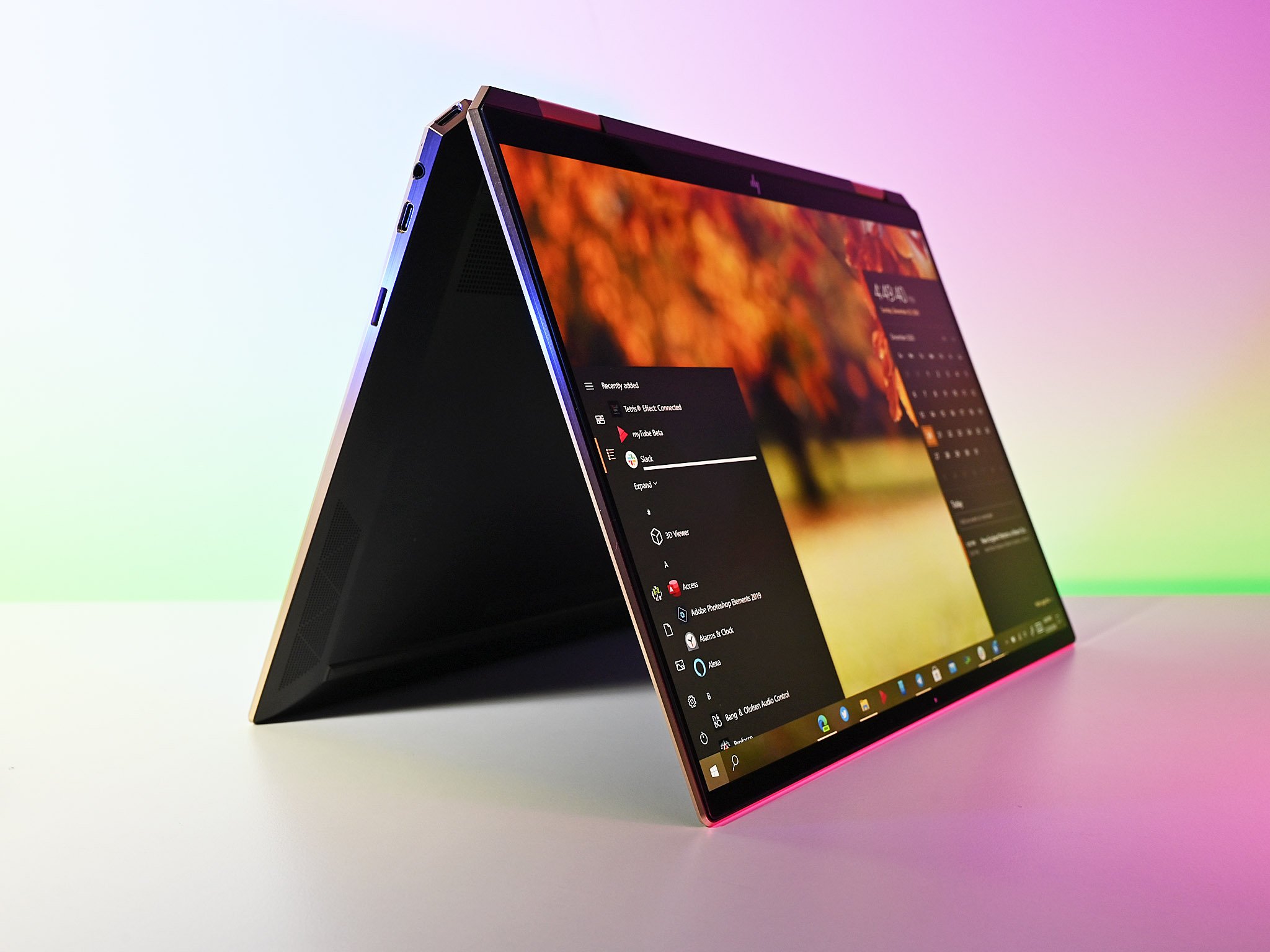
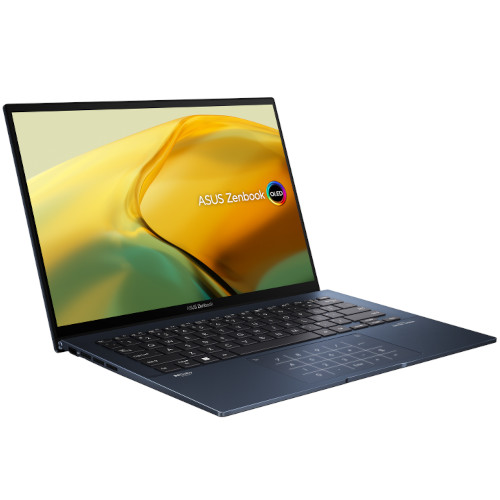
The ASUS ZenBook 14 is a solid laptop, and the latest 2022 refresh adds even more capable Intel processors. It's not perfect like an XPS 13, but ASUS isn't too far off.
For
- Excellent 12th Gen Intel performance
- Stunning OLED display
- Solid keyboard
- Good design and value
Against
- Mediocre webcam
- Gets hot under load
- Average battery life
- Smudge magnet

The ENVY 14 brings a rare combo of a 16:10 display, GTX 1650 Ti graphics, and microSD slot in a well-built 14-inch chassis with excellent audio and keyboard. While it cuts back on some frills, the $1,260 price makes up for it. Just watch for the coil whine.
For
- Strong performance
- Color-accurate 16:10 display
- Affordable starting price
- Outstanding design
- Excellent keyboard and audio
- Very good battery life
Against
- No 4K display option
- Aggressive coil whine
The ASUS ZenBook 14 (UX3402ZA) is the 2022 refresh of the ZenBook 14, and it is one of the best ASUS laptops you can get. In our ASUS ZenBook 14 (UX3402ZA) review, Windows Central Senior Editor Rich Edmonds said that the company has managed to "cram plenty of high-end features inside this compact chassis," and that is the main appeal of this 14-inch powerhouse.
The main upgrade for the 2022 version is at the heart, with 12th Gen Intel Core processors powering the machine and DDR5 RAM to boot. The 2.8K resolution OLED screen is another big selling point, offering one of the best viewing experiences in this class of laptops.
On the other hand, the HP ENVY 14 is a capable machine, but it hasn't received the 12th Gen Intel treatment. It runs on 11th Gen Intel CPUs and has soldered DDR4 RAM. It is still one of the best HP laptops you can buy, though, and the screen is very good despite being an LCD panel with options between 1920x1200 and 2.2K resolution. In our HP ENVY 14 review, Executive Editor Daniel Rubino said that "for so-called creators who want a GPU-heavy and light, portable laptop, the ENVY 14 is an outstanding offering." Here's a look at all the specifications of these two laptops.
| Header Cell - Column 0 | ASUS Zenbook 14 (UX3402ZA) | HP ENVY 14 |
|---|---|---|
| OS | Windows 11 Pro | Windows 10 Home |
| Processor | 12th Gen Intel Core i7-1260P | 11th Gen Intel Core i5-1135G7 |
| Row 2 - Cell 0 | 12th Gen Intel Core i5-1240P | 11th Gen Intel Core i7-1165G7 |
| Row 3 - Cell 0 | Row 3 - Cell 1 | 11th Gen Intel Core i7-11390H |
| RAM | Up to 32GB | 8/16GB DDR4-3200 |
| Row 5 - Cell 0 | LPDDR5-4800 | DDR4-3200, soldered |
| Graphics | Intel Iris Xe | Intel Iris Xe |
| Row 7 - Cell 0 | Row 7 - Cell 1 | NVIDIA GTX 1650 Ti Max-Q 4GB GDDR6 |
| Row 8 - Cell 0 | Row 8 - Cell 1 | NVIDIA GeForce RTX 3050 4 GB GDDR6 |
| Storage | Up to 1TB M.2 PCIe 4.0 SSD | 256GB to 2TB M.2 PCIe NVMe SSD |
| Display | 14.5 inches, OLED, 90Hz, 600 nits, 2.8K, 16:10, 100% DCI-P3, HDR10 | 14 inches, 1920x1200, 16:10 aspect ratio, 400 nits, 100% sRGB IPS, touch, Optional non-touch and anti-glare |
| Row 11 - Cell 0 | Row 11 - Cell 1 | 14 inches, 2.2K (2240x1400), 16:10 aspect ratio, 300 nits, 100% sRGB IPS, touch, anti-glare |
| Ports | Two Thunderbolt 4, USB-A 3.2 Gen 2, HDMI 2.0b, SD card reader, 3.5mm audio jack | Thunderbolt 4, two USB 3.0 (Gen 1), HDMI 2.0, microSD card reader, 3.5mm audio jack |
| Audio | Dolby Atmos, Smart Amp Technology | Dual speakers, Bang & Olufsen |
| Wireless | Wi-Fi 6E, Bluetooth 5.2 | Intel Wi-Fi 6 AX201 (2x2), Bluetooth 5 |
| Camera | 720p | 720p with privacy shutter |
| Security | Fingerprint reader | Fingerprint reader |
| Battery | 75Wh | 63.3Wh |
| Dimensions | 12.35 x 8.69 x 0.67 inches | 12.33 x 8.82 x 0.71 inches |
| Row 19 - Cell 0 | (313.6 x 220.6 x 16.9mm) | (313.18mm x 224.03mm x 18.03mm) |
| Weight | From 3.06 pounds (1.39kg) | From 3.53 pounds (1.6kg) |
Design and features
Why you can trust Windows Central
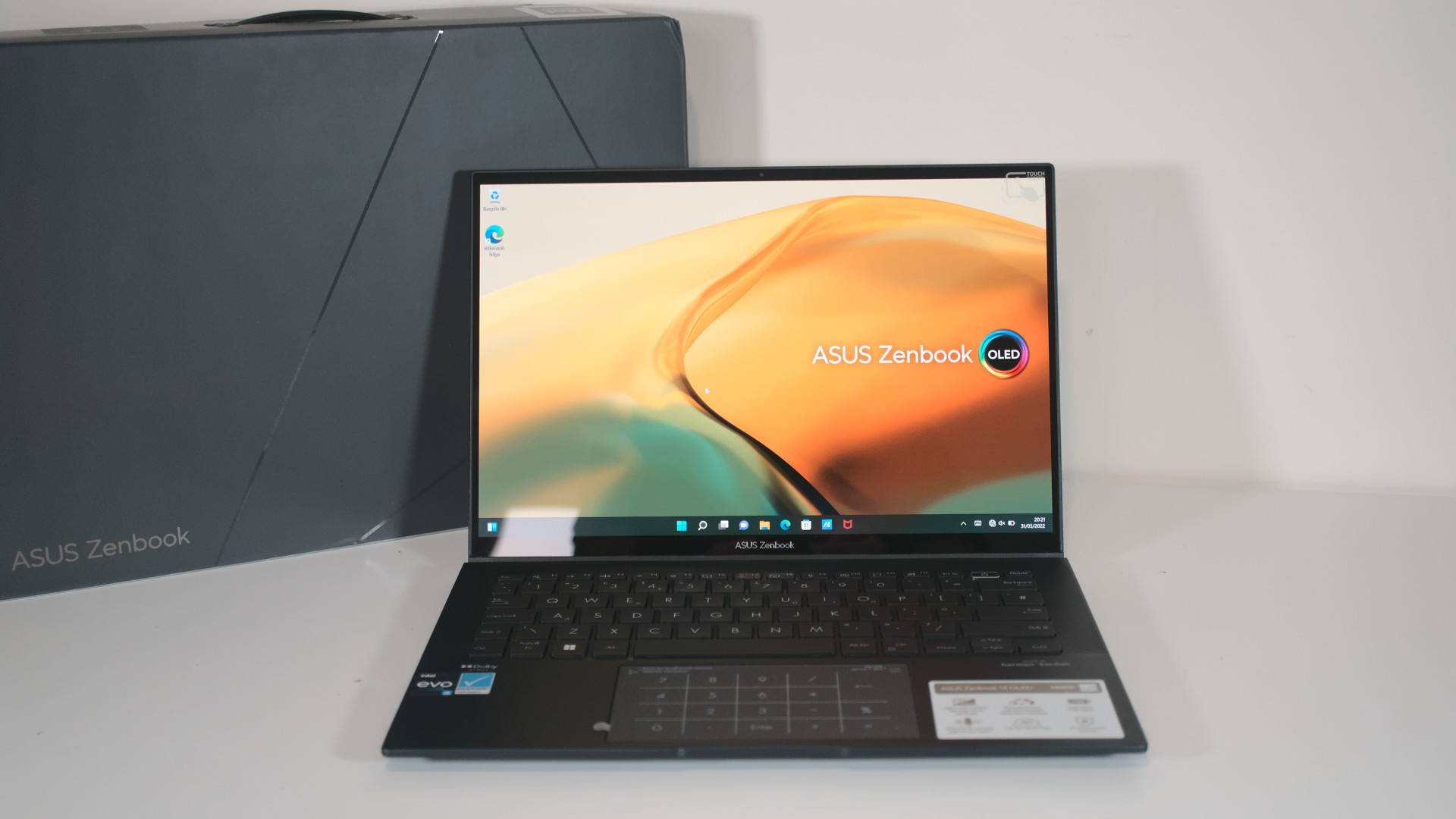
The ASUS ZenBook 14 (UX3402ZA) comes with a classic ASUS look and feel, packing the best of the ZenBook range, with a clean and understated design. ASUS is kicking it up a notch with this one and going for the ultraportable crown held by the Dell XPS 13.
The ZenBook 14 has a rather minimal look and feel. The top of the laptop has the new ASUS logo outline, blown up so that it appears like a clean geometric pattern. The underbody is very low-profile as well, with a plain look and a few vents for cooling. Overall, the laptop feels solid, but the matte aluminum body is a smudge magnet.
The form factor is pretty great, however, with the laptop weighing in at just over 3 pounds. Our ZenBook 14 review called it " a super-compact laptop with a clean premium look," and that's the best way to describe this machine. The hinge feels solid, and it lifts up the rear to aid airflow, as many ASUS laptops do.
The HP ENVY 14 has an outstanding design as well, with the ports offset just right to give the laptop some symmetry. We appreciated this in our ENVY 14 review, saying that the whole laptop carried this design language, "with the keyboard, trackpad, speakers, and display (plus bezels) all looking very balanced."
The silver chassis with the black display edges give it a classic never-gets-old feel. Nothing outrageous here, which will be great for most folks, albeit boring for some. The stamped aluminum body feels solidly built, but it's not the best build quality you can get on a laptop.
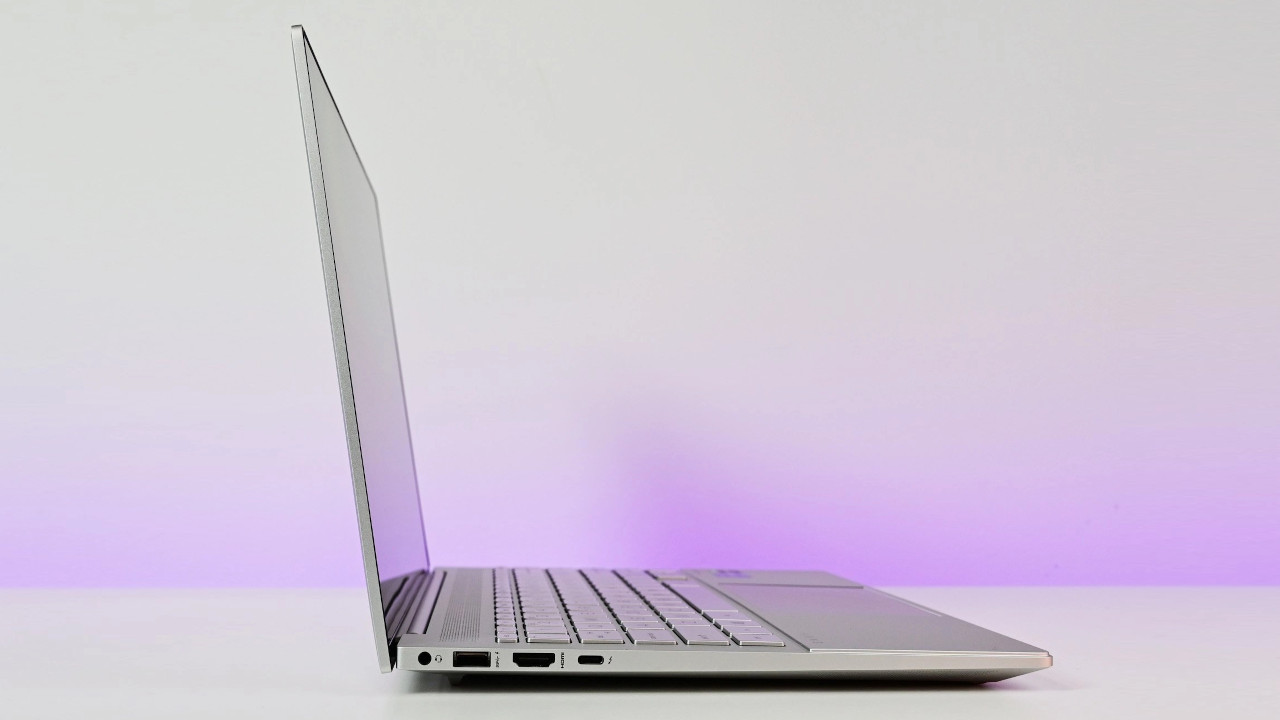
The cameras on both laptops are equivalent, with 720p resolution that should get you through quick meetings, but not much more. The ENVY 14 has a privacy shutter that lets you physically cover the camera when not in use, which the ZenBook 14 doesn't offer. Neither camera has Windows Hello support.
Both laptops also have great keyboards. The ZenBook 14 has responsive chiclet keys, and the fingerprint reader is embedded into the power button. A unique feature here is the number pad, which is integrated into the touchpad. The HP ENVY 14 has an even better keyboard, with a Surface Laptop-like feel. As our review says, it has "responsive bounce-back and crispy actuation."
Being the older laptop on the list, the HP ENVY 14 loses out on the port selection. The ZenBook 14 packs in two Thunderbolt 4 ports and two USB 3.2 Gen 2 ports. On the other hand, the ENVY 14 has one Thunderbolt 4 port and two USB 3 (Gen 1) ports. Both laptops have a 3.5mm audio jack, an HDMI 2.0 port, and an SD card reader, although the ZenBook gets a full-sized one, while the ENVY 14 gets microSD.
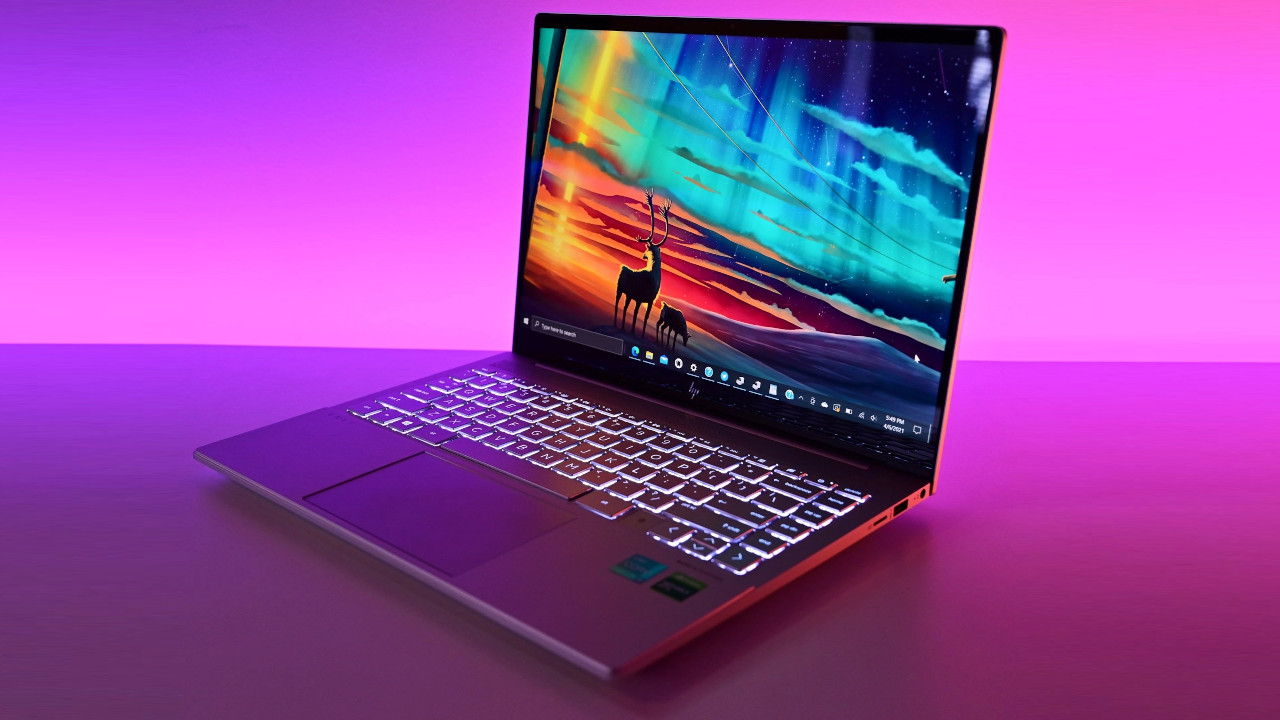
When it comes to connectivity, the ZenBook 14 has an edge again. It gets Wi-Fi 6E, which comes with support for the 6GHz band. The ENVY 14, on the other hand, comes with only Wi-Fi 6, which isn't bad at all, but slightly less future-proof. The ZenBook 14 also comes with Bluetooth 5.2, while the ENVY 14 gets Bluetooth 5. Neither of these will amount to noticeable differences in usability unless you're nitpicking, but you may want to make your choice according to your needs,
Portability on both laptops is good, but the ZenBook is lighter and slightly more compact. The ZenBook 14 weighs slightly over 3 pounds, while the ENVY 14 pushes 3.5. The difference may not seem like much, but if portability is very important to you, the ZenBook 14 has the ENVY beat.
On the security side of things, you only have fingerprint readers. Windows Hello doesn't work with the cameras, but the fingerprint readers should work fine for secure login. Both laptops also have fairly recent chips powering them, so the onboard security for both laptops is acceptable.
Displays
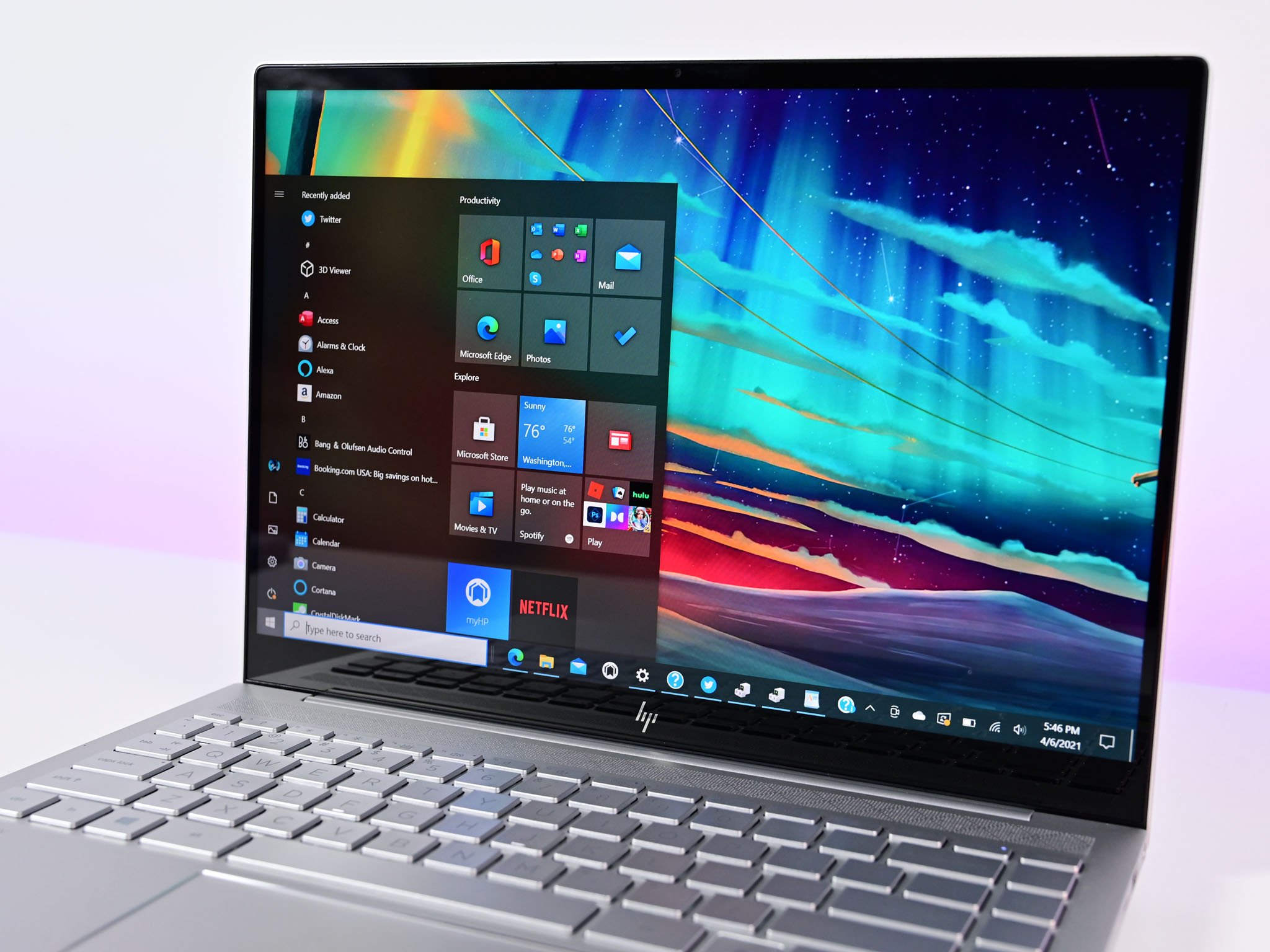
Both these laptops offer pretty good displays, but the ZenBook 14 (UX3402ZA) wins out by a small margin. It offers an OLED display, running at a nice and dense resolution of 2.8K, which is 2880x1800. It also runs at 90Hz and goes up to 600 nits in brightness. On the other hand, the ENVY 14 comes with an IPS LCD display, but you get two options. You can either get a screen running at 1920x1200 resolution, at 60Hz, and going up to 400 nits in brightness., or you can get a 2.2K (2240x1400) one running at 60Hz and going up to 300 nits.
Colour accuracy is also understandably better on the ZenBook, covering 100% DCI-P3, while the ENVY hits 100% sRGB on both its display options. DCP-P3 has 26% more color space than sRGB, so you can expect that much better color accuracy from the Zenbook. The contrast will also be significantly better since an OLED produces perfect blacks.
Both screens get a touchscreen, with the ZenBook 14 getting it as an optional feature. The Envy 14 offers non-touch and anti-glare options. While the ENVY 14's IPS LCD is a great display in its own right, it can't compete with the gorgeous OLED that the ZenBook 14 has on offer. It's a phenomenal screen and beats the ENVY 14's display in every metric.
The only issue is that OLED screens can get burn-in over time, which may be an issue for some units over prolonged use.
Performance and pricing
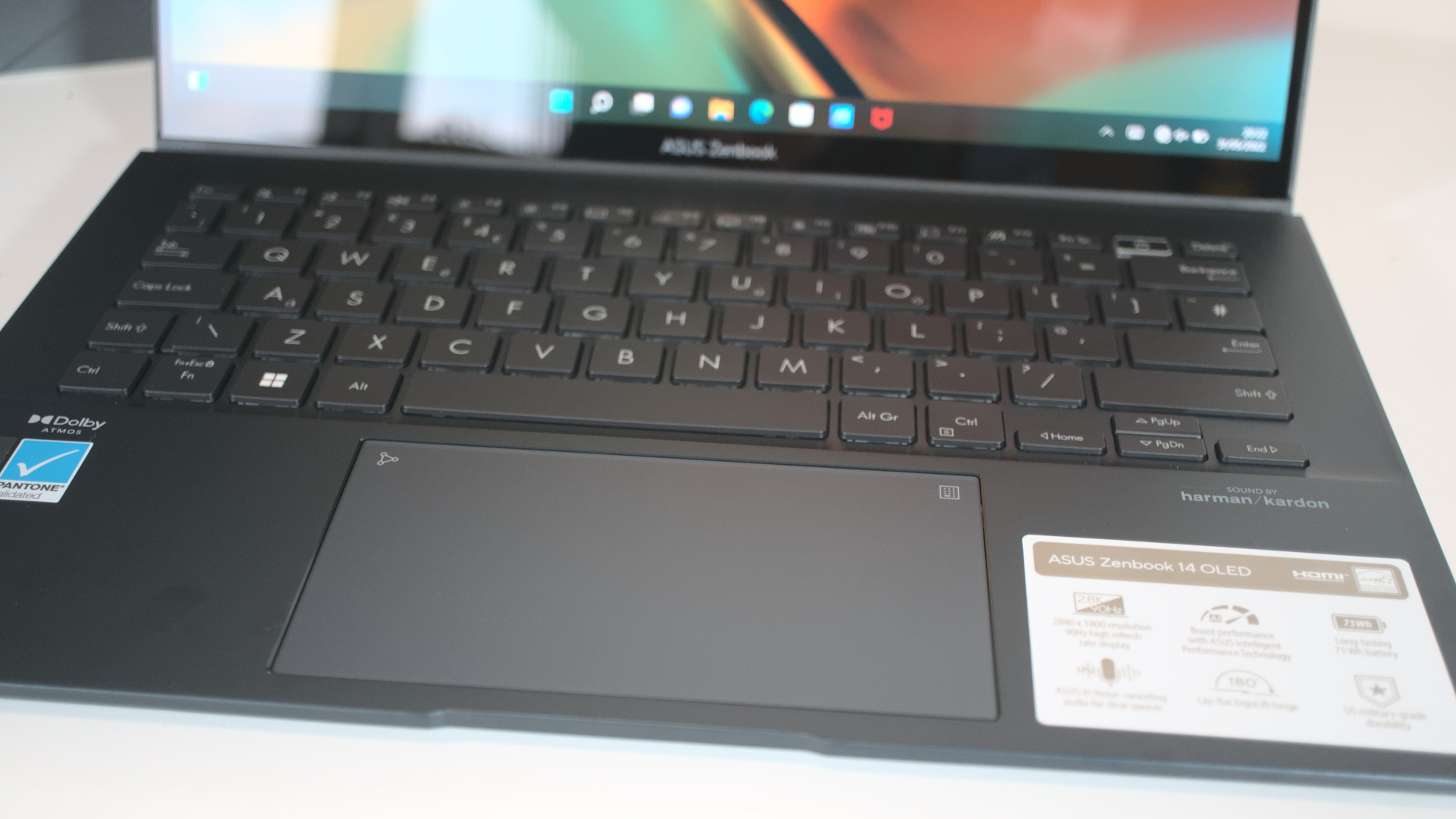
Performance and price comparisons are where this comparison gets tough. The ASUS ZenBook 14 (UX3402ZA) has 12th Gen Intel P-series chips, while the HP ENVY 14 uses 11th Gen Intel G-series or H-series chips. The ZenBook 14 outperforms the ENVY 14 in all configurations, but the performance gap is much lower if you compare it with the i7-11390H version of the ENVY 14.
For graphics, the ZenBook 14 only offers the onboard Intel Iris Xe graphics, while the ENVY 14 offers either an NVIDIA GTX 1650 Ti Max-Q, or an RTX 3050, both with 4GB of GDDR6 memory. The ENVY 14 beats the ZenBook 14 quite easily here.
The battery life is also a factor with regard to performance. The ZenBook 14 has the bigger battery of the two, but it also has a higher resolution screen and the more power-efficient chip. As such, battery life should be pretty similar on both these laptops.
The ZenBook 14 (UX3402ZA) costs around $1,000 for the i5 model and $1,300 for the i7 model. The i5 model retails for quite cheaper now, with the best price hovering around $600. The ENVY 14 costs around $1,100 for the Intel H-series RTX 3050 model, with the 2.2K screen. The Intel G-series model with GTX 1650 Ti and WUXGA screen is listed, oddly, at a higher price tag of $1,299, but scarce in quantity.
Speaking of the higher-end models of these two laptops, if you want dedicated graphics and have a tighter budget, pick the HP ENVY 14. If you want better CPU performance, better screen, and portability, pick the ASUS ZenBook 14. On the lower end, however, you can get the i5 version of the ZenBook 14 for around $600, which is a no-brainer purchase given the higher price and almost no availability of the ENVY 14's base model.

The ASUS ZenBook 14 (UX3402ZA) is a great ultraportable laptop, packing in tons of performance with the 12th Gen Intel chips, and an OLED display that beats most others on the market. It offers a well-rounded performance package on the go and better bang-for-buck than the HP ENVY 14.
Get the Windows Central Newsletter
All the latest news, reviews, and guides for Windows and Xbox diehards.

